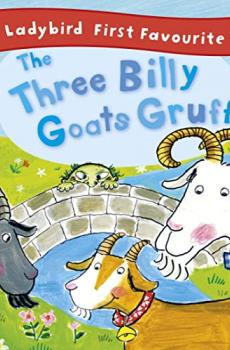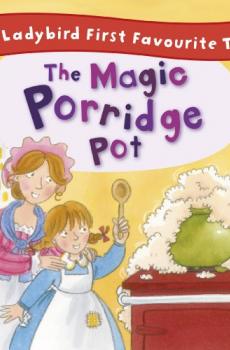Batik and Other Pattern Dyeing
Batik and Other Pattern Dyeing
Log in to download this book.
| Publisher | unknown |
|---|---|
| Accessible book producer | Public domain |
| Published year | 2015 |
| Coppy right | Unknown |
ONE of the hopeful observations during the few years of applied art education in our schools has been the readiness with which educators have taken up and kept problems in which the mediums of expression were practical and efficient, suitable for the purpose intended, and the equal readiness with which they have dropped other problems.
The burning of wood as a means of decoration did not stand this test, therefore it had to go. Oil paint is not a suitable medium to decorate textiles, therefore it too has nearly fallen from use.
The value of applied art to home and community rests upon the test, whether the pupil who works out the problems becomes by virtue thereof a more useful and cultured individual in the home and in the social and industrial life of the community.
A problem which satisfies this test becomes a basic problem. To a pupil who has once bound a book with its cover design, end papers, etc., a book is a different thing ever after. He becomes a more intelligent and cultured member of the consuming public so far as books are concerned. To the demands of many such members the book binders respond with better things. Therefore book binding is a basic problem.
Similar reasoning applies when a student weaves a fabric, plans and makes an article of dress, a toy, a silver ring, or a poster.
No one will dispute that the all-over dyeing of a fabric, and the decoration of a textile with a dyed pattern, are basic problems. The recent war brought home the vital place that dyes hold in the life of the people.
As suitable materials have become available teachers have been eager to learn and use these problems.
It is seldom that an applied problem comes to the art teacher that offers in so full a measure the essential features of a basic problem as does batik work, which involves both all-over and pattern dyeing.
The mechanical process is rather simple and offers no especial difficulty, requiring only the painstaking care that good teachers exact from pupils.
The design element involved may be simple or elaborate, fitted to the capacity of the pupil. It is a real problem in design, however, allowing great freedom yet carrying with it the discipline of a later test, viz., applied expression within the limitations of definite mediums.
As the process controls the entire surface, the pupil is directed to plan his design and ground areas both in space and color relations. The mediums used are fabrics and dyes, both inseparably involved in education as they are in life. The pupil must plan for the use intended and also for the particular type of individual or scheme of decoration.
The work carries with it all along the anticipation of results; and the beautiful finished piece is the reward of effort. What more could be desired in an applied school problem?
The endeavor and the hope in presenting this little book on “Batik and Other Pattern Dyeing” is to help those who are learning to undertake these problems with breadth of thought and efficiency of method.
THE AUTHORS.
Indianapolis, Indiana.




